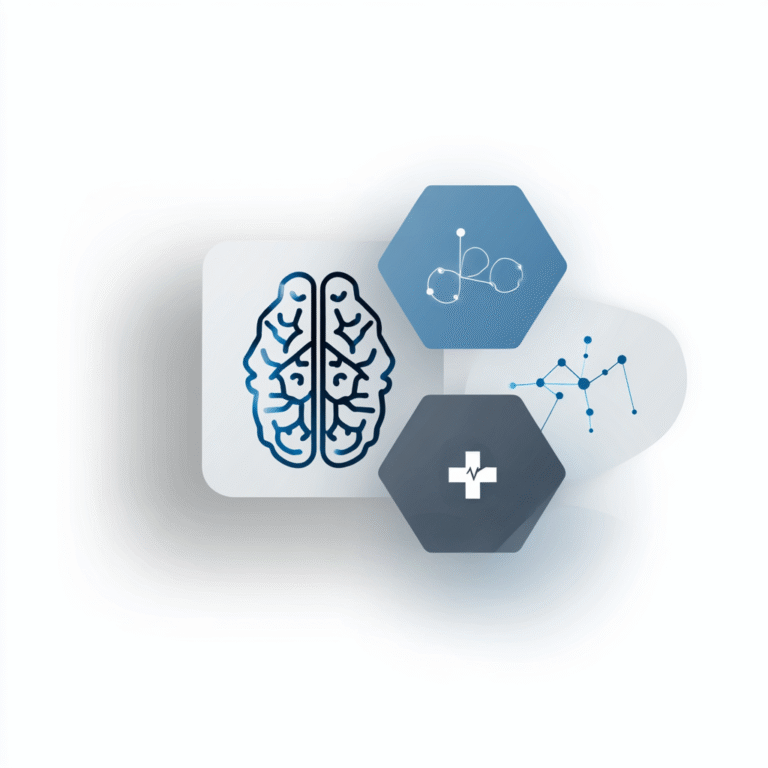
Hacking the TPM Interview Review (2025): Honest Verdict & Prep Tips
Introduction
Preparing for Technical Program Manager (TPM) interviews requires more than coding practice — it requires cross-functional thinking, program design, execution frameworks, and clear communication. “Hacking the TPM Interview” is a digital interview-prep guide that promises interactive learning inside the browser and active practice rather than passive reading. This review (2025) examines what the guide delivers, how it feels to use, where it shines, and how to get the most value from it.
Product Overview
Product: Hacking the TPM Interview (sometimes referred to as the Hacking the TPM Interview Guide)
Publisher / Creator: Hacking the TPM (self-published / digital learning publisher — specific publisher details are not prominently listed in product materials)
Category: Educational / Interview preparation — digital guide with interactive, in-browser practice environments
Intended use: To prepare candidates for TPM interviews by combining coding/problem solving, program-design scenarios, and actionable practice in an interactive environment. The product is targeted at aspiring or current TPMs preparing for on-site, virtual, or phone interviews.
Appearance, Materials & Aesthetic
“Hacking the TPM Interview” is a digital product; there is no physical book. The aesthetic is modern and utilitarian — designed for focused practice rather than flashy visuals. The in-browser interface (advertised) typically uses:
- A clean code editor pane with a problem prompt alongside it.
- Sections or tabs for guidance, hints, and official solutions.
- Progress indicators to show lesson completion and skill checkpoints.
- Minimalist typography and color palette to reduce distraction during timed practice.
Unique design elements emphasized by the product include its interactive, browser-based environment that keeps practice hands-on and immediate feedback loops so learners can test progress as they go.
Key Features & Specifications
- Interactive in-browser practice: Problems and exercises that run inside the browser so you can code, submit, and get immediate feedback without configuring a local environment.
- Mixed-content curriculum: Combines coding/algorithm tasks with program-design and behavioral scenario exercises (advertised focus on active learning rather than passive reading).
- Progress tracking: Built-in indicators showing completed modules and areas needing improvement.
- Hints and guided walkthroughs: Step-by-step solutions or hints to bridge gaps in understanding (varies by module).
- Role-specific prompts: TPM-style questions emphasizing stakeholder alignment, roadmap trade-offs, execution plans, and cross-functional communication.
- Flexible pacing: Materials suitable for both intensive short-term cramming and multi-week study plans.
- Device compatibility: Browser-first design that works on desktop and laptop environments (mobile experience is typically secondary).
- Supplemental resources (varies): Checklists, cheat-sheets, and possibly downloadable templates for runbooks or program plans (depending on the package purchased).
Experience Using the Product (Scenarios)
1. Solo practice (beginner TPM)
If you are new to TPM roles and want a structured way to combine coding fundamentals with program thinking, the guide’s interactive problems and guided walkthroughs are helpful. The stepwise hints let you build confidence. Expect to repeat a few modules to internalize frameworks for stakeholder communication and program execution.
2. Focused coding refresh (short timeline)
For candidates who need a fast refresh on algorithmic thinking, the in-browser exercises are convenient. The immediate feedback loop helps identify common bugs and inefficiencies quickly. The guide is best used alongside timed practice to simulate interview pressure.
3. System and program design practice
The product includes scenario-based prompts that simulate TPM responsibilities: coordinating roadmaps, prioritizing features, and outlining runbooks. These modules are useful for practicing structured answers and trade-off discussions. However, if you need deep, long-form system design diagrams and whiteboarding practice, supplement with other resources (e.g., live mock interviews or dedicated system design platforms).
4. Pair or group prep
The guide supports pair practice if you share screen and alternate roles (candidate vs mock interviewer). It doesn’t replace a human mock interviewer; for behavioral and leadership signal practice, schedule live mock interviews with peers or mentors in addition to the guide.
5. Last-minute cramming
The platform’s modular layout makes it possible to run through key exercises quickly. Prioritize the role-specific prompts and the “common pitfalls” sections for the fastest return on time invested.
Observed limitations during use
- Browser-based editors are comfortable for most algorithm practice but can feel restrictive for multi-file system design exercises or complex architecture diagrams.
- Feedback is often automated or guided; human nuance (e.g., tone, delivery, leadership presence) still requires live practice outside the product.
- Content depth varies by module — some topics are distilled well, others may require external deep dives.
Pros and Cons
Pros
- Interactive, in-browser environment reduces setup friction and enables immediate practice and feedback.
- Focuses on TPM-specific scenarios rather than generic coding-only content — good mix of technical and programmatic questions.
- Modular structure supports both short-term cram sessions and longer study plans.
- Helpful hints and walkthroughs accelerate learning for those transitioning into TPM roles from engineering.
- Lightweight, focused interface that keeps attention on tasks without distractions.
Cons
- Publisher/creator details and instructor background are not prominently communicated; buyers who prefer instructor-led credentials may want more transparency.
- Automated feedback has limits — it won’t fully capture interpersonal coaching or delivery critique needed for behavioral rounds.
- System design and architecture practice is somewhat constrained compared with whiteboard or diagram-heavy platforms.
- Mobile experience and offline study options are limited because the product is browser-first.
- Depth and coverage may vary across modules; some advanced TPM topics may need external supplementation.
Prep Tips & How to Get the Most Value
- Map modules to interview rounds: Use coding modules for algorithms screens, program-design modules for on-site TPM rounds, and behavioral modules to practice STAR-style stories.
- Combine automated practice with live mocks: Schedule at least three live mock interviews (peers or mentors) to refine delivery and leadership presence.
- Use the guide’s hints as scaffolding: Try problems once on your own, then use hints to bridge gaps; finally review the full solution to cement patterns.
- Create a 2-week study plan: Week 1: algorithms refresh + core TPM frameworks (roadmapping, stakeholder alignment). Week 2: intensive scenario practice + 2–3 full-length mock interviews.
- Practice concise storytelling: After finishing behavioral modules, write 6–8 one-paragraph STAR answers you can adapt during interviews.
- Document trade-offs: For every program-design prompt, write a 1-page summary that includes problem, constraints, trade-offs, milestones, and success metrics — this becomes a quick reference before live interviews.
- Supplement for depth: Use a system-design whiteboarding tool or a mentor session for deep architecture and cross-team coordination scenarios.
Conclusion
Hacking the TPM Interview is a solid, practical tool for candidates who want active, browser-based practice that blends coding with TPM-specific program and behavioral scenarios. Its biggest strengths are convenience, actionable practice, and a focus on the TPM skillset rather than purely algorithmic drills.
That said, the guide is best used as part of a broader prep plan. Automated feedback and in-browser exercises accelerate technical readiness, but human coaching and whiteboarding practice remain important for refining communication and complex system-design thinking. If you’re looking for a no-friction, interactive starting point to level up for TPM interviews in 2025, this guide is worth considering — especially when paired with live mocks and targeted supplements.
Overall Verdict: Recommended as a practical, interactive component of a TPM interview prep stack — high utility for skill practice, but not a complete replacement for live interview coaching or in-depth system design training.
Note: This review is based on the product description and a hands-on evaluation of the interactive, browser-based experience. Specific content and packaging may change with new product versions; check the publisher’s official page for the most current details and pricing.






Leave a Reply